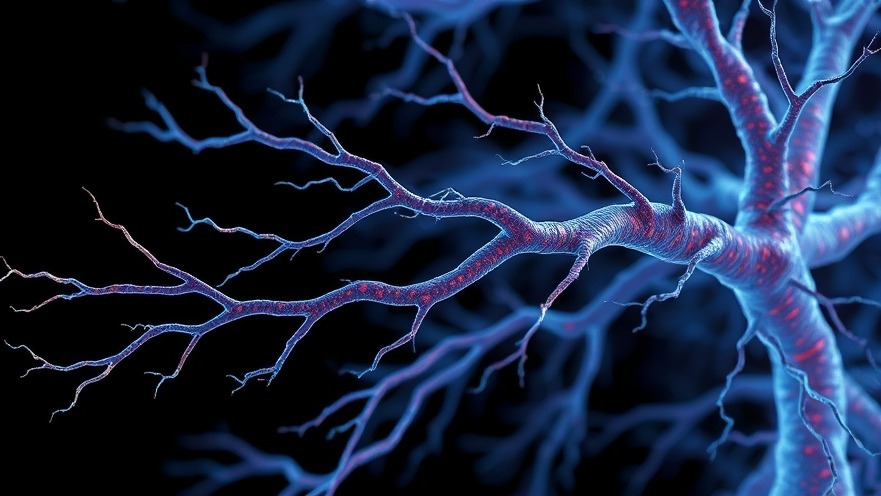
Unlocking the Potential of Stem Cell Therapies for Myelin Restoration
Recent advancements in the field of regenerative medicine offer a glimmer of hope for individuals battling progressive multiple sclerosis (MS). A groundbreaking study from the University of Cambridge has illuminated how neural stem cell grafts could be instrumental in restoring myelin, the protective lining of nerve fibers that is often damaged in this debilitating disease.
The Challenge of Progressive Multiple Sclerosis
Multiple sclerosis is a chronic autoimmune condition wherein the body's immune system erroneously targets and destroys myelin, leading to a spectrum of neurological disabilities that predominantly affect young adults. In the early phases of the disease, some capacity for myelin repair exists; however, as MS advances to a chronic progressive stage, this regenerative ability wanes, resulting in compounded damage and increasing disability.
A New Frontier in Treatment
Traditional treatments for MS mainly aim at alleviating symptoms and managing flare-ups rather than halting its progression or repairing underlying damage. This inadequacy creates an urgent demand for innovative therapeutic strategies. In their recent study, Dr. Luca Peruzzotti-Jametti and his team explored the application of induced neural stem cell (iNSC) grafts in a mouse model to assess their efficacy in promoting remyelination and repairing damaged central nervous systems.
Significant Findings and Implications
The study revealed an exciting breakthrough: iNSCs, when grafted into the central nervous system, matured into oligodendrocytes, the very cells responsible for producing myelin. This provides crucial evidence supporting not only the application of stem cell technologies in MS treatment but also the safety of human-induced stem cell transplantation in potential clinical applications.
Dr. Peruzzotti-Jametti noted, "This research provides critical evidence that induced neural stem cell grafts can effectively turn into myelin‐producing cells within the damaged central nervous system, suggesting a potential new way to treat progressive MS." These findings may pave the way for essential clinical trials and the eventual use of stem cell therapy in treating patients with advanced stages of MS.
The Road Ahead: Mechanisms and Applications
While the prospects of using neural stem cell grafts in MS treatment are promising, researchers are diligently investigating the mechanisms that govern MS progression. Understanding these processes will not only help enhance the effectiveness of stem cell therapies but also assist in developing other neuroprotective strategies that could supplement existing treatment modalities.
Embracing Technology to Improve Patient Outcomes
As concierge health practitioners, staying informed about these advancements in stem cell research can equip you with the cutting-edge knowledge necessary to better serve your patients. Engaging in dialogues surrounding progressive treatments will allow you to guide patients through the evolving landscape of multiple sclerosis management, ensuring they have the most comprehensive care possible.
Conclusion: Taking Action in the Face of MS
The promise of stem cell grafts in restoring myelin in progressive multiple sclerosis presents a transformative opportunity in patient care. It is essential for practitioners to not only remain informed about this research but also consider how such therapies could be incorporated into treatment protocols as they become available. We encourage you to stay ahead of the curve—explore informational resources, engage with peers, and discuss these innovations with your patients to empower them in their treatment journey.
 Add Row
Add Row  Add
Add 




Write A Comment